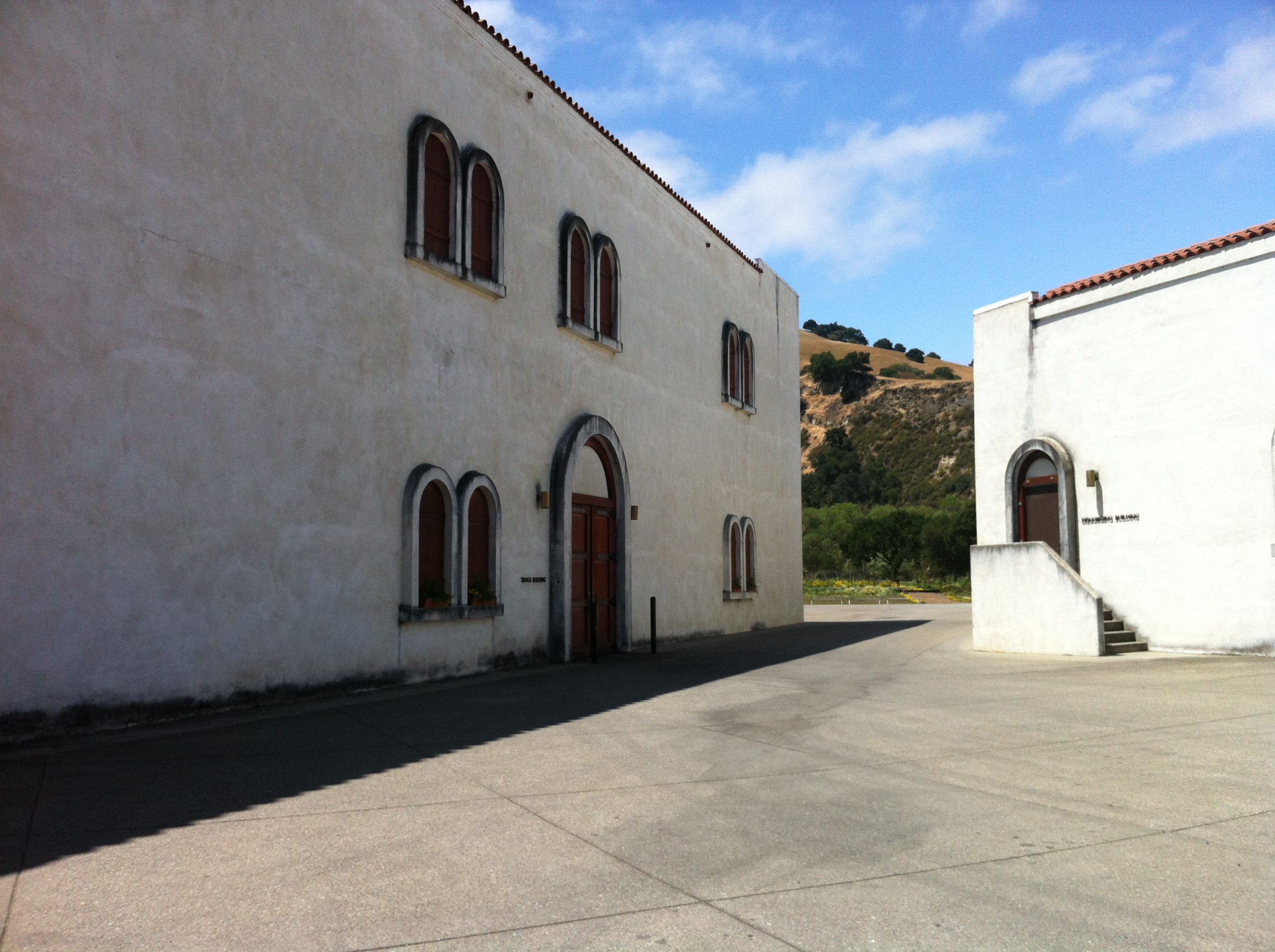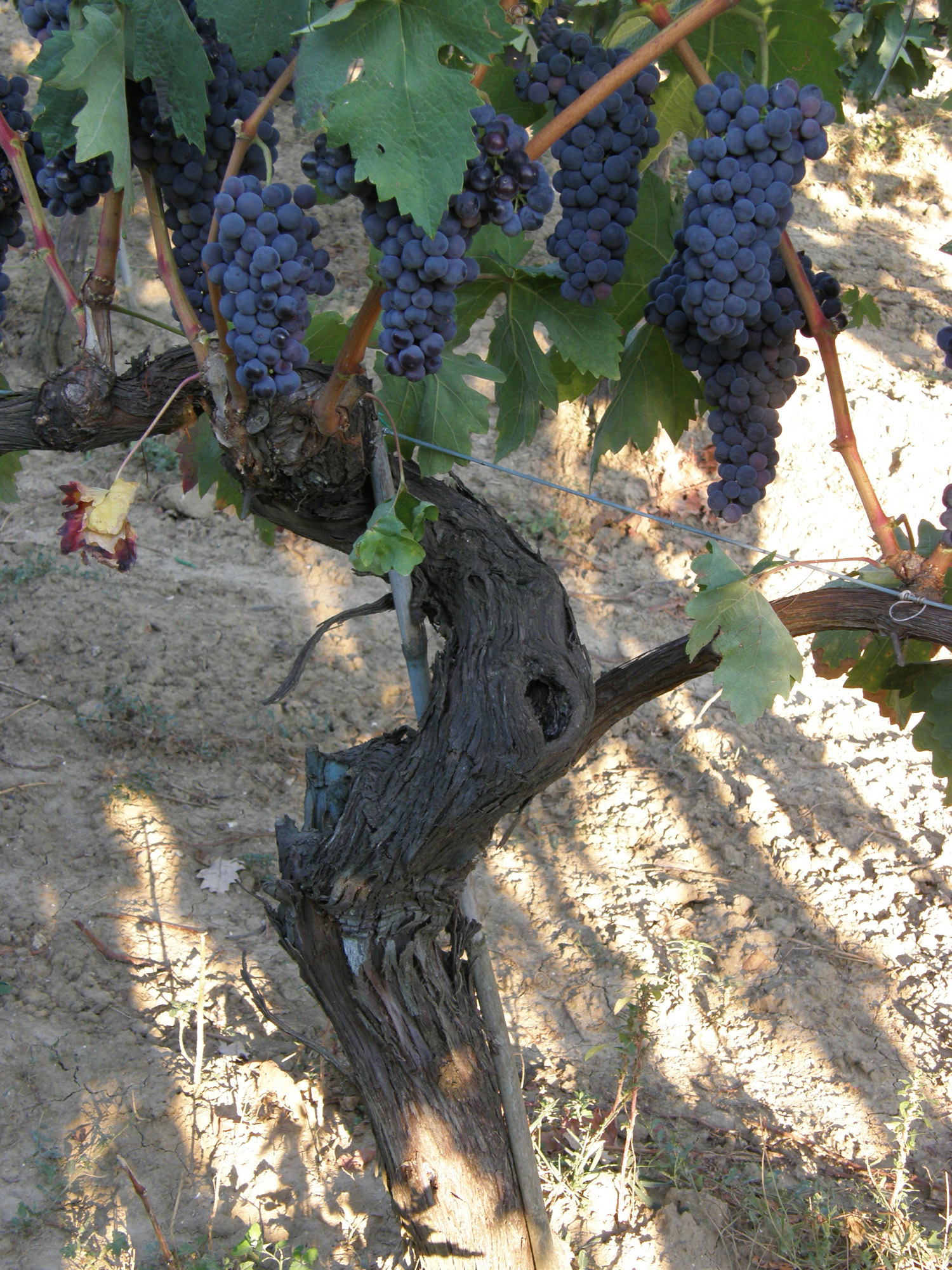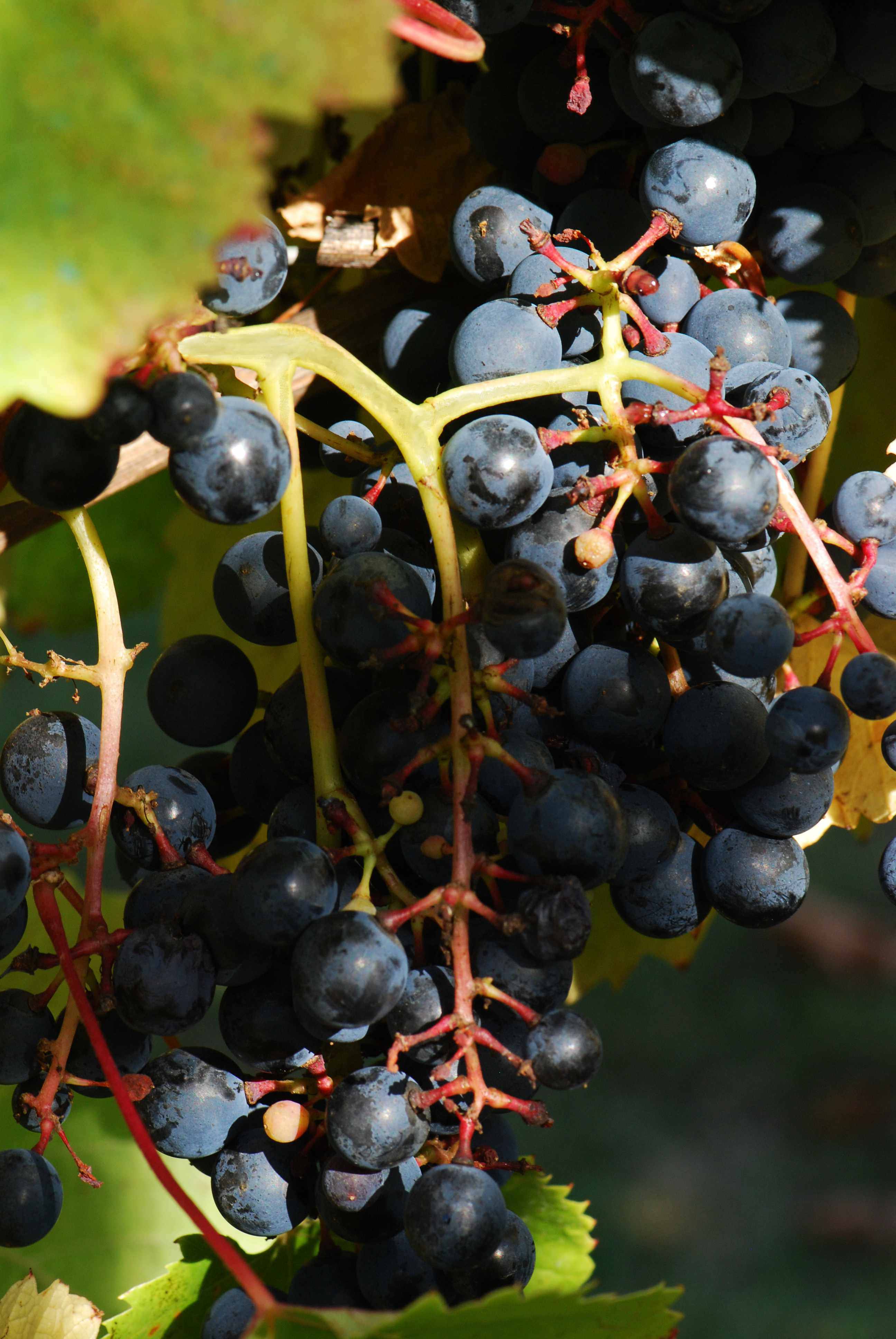|
Buenos Aires Wines
The Buenos Aires Province has become a producer of premium wines during the first decade of the 21st century. Vineyards are located at the southern part of the province, specially around Médanos. The activity was pioneered in lands previously dedicated to garlic and pastures. Wine from Médanos won a Silver Medal in the 2009 Decanter World Wine Awards, the world's largest wine contest celebrated in London.decanter.co"Recommendations - Decanter World Wine Awards 2009: the top 10s, 20s, and more... - Top 26 Chardonnays under £10"/ref> Climate and geography The Médanos terroir has unique conditions ideal for quality vineyards. The soil is sandy, and given its latitude (around parallel 39° South, where the Pampa region and Patagonia converge) vineyards receive long hours of sun light, which result in grapes with high sugar contents. Windy springs help develop thicker skins that contribute to the intense color of these wines.mdzol.coVitivinicultura en el sur de Buenos Aires lan ... [...More Info...] [...Related Items...] OR: [Wikipedia] [Google] [Baidu] |
Buenos Aires Province
Buenos Aires, officially the Buenos Aires Province, is the largest and most populous Provinces of Argentina, Argentine province. It takes its name from the city of Buenos Aires, the capital of the country, which used to be part of the province and the province's capital until it was Federalization of Buenos Aires, federalized in 1880. Since then, in spite of bearing the same name, the province does not include Buenos Aires city, though it does include all other parts of the Greater Buenos Aires metropolitan area. The capital of the province is the city of La Plata, founded in 1882. It is bordered by the provinces of Entre Ríos Province, Entre Ríos to the northeast, Santa Fe Province, Santa Fe to the north, Córdoba Province, Argentina, Córdoba to the northwest, La Pampa Province, La Pampa to the west, Río Negro Province, Río Negro to the south and west and the Autonomous City of Buenos Aires to the northeast. Uruguay is just across the Rio de la Plata to the northeast, and bo ... [...More Info...] [...Related Items...] OR: [Wikipedia] [Google] [Baidu] |
Sauvignon Blanc
Sauvignon blanc () is a green-skinned grape variety that originates from the city of Bordeaux in France. The grape most likely gets its name from the French words ''sauvage'' ("wild") and ''blanc'' ("white") due to its early origins as an indigenous grape in South West France. It is possibly a descendant of Savagnin. Sauvignon blanc is planted in many of the world's wine regions, producing a crisp, dry, and refreshing white varietal wine. The grape is also a component of the famous dessert wines from Sauternes and Barsac. Sauvignon blanc is widely cultivated in France, Chile, Romania, Canada, Australia, New Zealand, South Africa, Bulgaria, the states of Oregon, Washington, and California in the US. Some New World Sauvignon blancs, particularly from California, may also be called "Fumé Blanc", a marketing term coined by Robert Mondavi in reference to Pouilly-Fumé. Depending on the climate, the flavor can range from aggressively grassy to sweetly tropical. In cooler cl ... [...More Info...] [...Related Items...] OR: [Wikipedia] [Google] [Baidu] |
Domaine Al Este
Al Este Bodega y Viñedos is a winery in Médanos, Buenos Aires Province, Argentina. It consists of vineyards (in owned lands that exceed ) and an adjacent winery, located south of the city of Buenos Aires on the southern tip of the Buenos Aires province. The project has been developed under the direction of the Italian wine maker Alberto Antonini.winesur.co Buenos Aires is also interested in wine, written by Ma. Soledad Gonzalez on 8/19/2008wikio.eAhora se hace vino también en Buenos Aires, elaborado por Alberto Antonini “Buenos Aires is now also producing wine, made by Alberto Antonini” In its first submission to a wine contest, Al Este was awarded a silver medal in the White Wine category in the 2009 Decanter World Wine Awards, the world's largest wine contest, celebrated in London. Al Este's award-winning wine is recommended by Decanter in sixth position as one of the top chardonnays in 2009.decanter.co"Recommendations - Decanter World Wine Awards 2009: the top 10 ... [...More Info...] [...Related Items...] OR: [Wikipedia] [Google] [Baidu] |
Medanos (appellation)
The Buenos Aires Province has become a producer of premium wines during the first decade of the 21st century. Vineyards are located at the southern part of the province, specially around Médanos. The activity was pioneered in lands previously dedicated to garlic and pastures. Wine from Médanos won a Silver Medal in the 2009 Decanter World Wine Awards, the world's largest wine contest celebrated in London.decanter.co"Recommendations - Decanter World Wine Awards 2009: the top 10s, 20s, and more... - Top 26 Chardonnays under £10"/ref> Climate and geography The Médanos terroir has unique conditions ideal for quality vineyards. The soil is sandy, and given its latitude (around parallel 39° South, where the Pampa region and Patagonia converge) vineyards receive long hours of sun light, which result in grapes with high sugar contents. Windy springs help develop thicker skins that contribute to the intense color of these wines.mdzol.coVitivinicultura en el sur de Buenos Aires lan ... [...More Info...] [...Related Items...] OR: [Wikipedia] [Google] [Baidu] |
Oceanic Climate
An oceanic climate, also known as a marine climate or maritime climate, is the temperate climate sub-type in Köppen climate classification, Köppen classification represented as ''Cfb'', typical of west coasts in higher middle latitudes of continents, generally featuring cool to warm summers and cool to mild winters (for their latitude), with a relatively narrow annual temperature range and few extremes of temperature. Oceanic climates can be found in both hemispheres generally between 40 and 60 degrees latitude, with subpolar versions extending to 70 degrees latitude in some coastal areas. Other varieties of climates usually classified together with these include subtropical highland climates, represented as ''Cwb'' or ''Cfb'', and subpolar oceanic or cold subtropical highland climates, represented as ''Cfc'' or ''Cwc''. Subtropical highland climates occur in some mountainous parts of the subtropics or tropics, some of which have monsoon influence, while their cold variants an ... [...More Info...] [...Related Items...] OR: [Wikipedia] [Google] [Baidu] |
Limestone
Limestone is a type of carbonate rock, carbonate sedimentary rock which is the main source of the material Lime (material), lime. It is composed mostly of the minerals calcite and aragonite, which are different Polymorphism (materials science), crystal forms of calcium carbonate . Limestone forms when these minerals Precipitation (chemistry), precipitate out of water containing dissolved calcium. This can take place through both biological and nonbiological processes, though biological processes, such as the accumulation of corals and shells in the sea, have likely been more important for the last 540 million years. Limestone often contains fossils which provide scientists with information on ancient environments and on the evolution of life. About 20% to 25% of sedimentary rock is carbonate rock, and most of this is limestone. The remaining carbonate rock is mostly Dolomite (rock), dolomite, a closely related rock, which contains a high percentage of the mineral Dolomite (mine ... [...More Info...] [...Related Items...] OR: [Wikipedia] [Google] [Baidu] |
Sand
Sand is a granular material composed of finely divided mineral particles. Sand has various compositions but is usually defined by its grain size. Sand grains are smaller than gravel and coarser than silt. Sand can also refer to a textural class of soil or soil type; i.e., a soil containing more than 85 percent sand-sized particles by mass. The composition of sand varies, depending on the local rock sources and conditions, but the most common constituent of sand in inland continental settings and non-tropical coastal settings is silica (silicon dioxide, or SiO2), usually in the form of quartz. Calcium carbonate is the second most common type of sand. One such example of this is aragonite, which has been created over the past 500million years by various forms of life, such as coral and shellfish. It is the primary form of sand apparent in areas where reefs have dominated the ecosystem for millions of years, as in the Caribbean. Somewhat more rarely, sand may be composed ... [...More Info...] [...Related Items...] OR: [Wikipedia] [Google] [Baidu] |
Tempranillo
Tempranillo (also known as Ull de Llebre, Cencibel, Tinto Fino and Tinta del País in Spain, Aragonez or Tinta Roriz in Portugal, and several other synonyms elsewhere) is a black grape variety widely grown to make full-bodied red wines in its native Spain. Its name is the diminutive of the Spanish ''temprano'' ("early"), a reference to the fact that it ripens several weeks earlier than most Spanish red grapes. Tempranillo has been grown on the Iberian Peninsula since the time of Phoenician settlements. It is the main grape used in Rioja, and is often referred to as Spain's noble grape. The grape has been planted throughout the globe's wine regions. In 2015, Tempranillo was the fourth most widely planted wine grape variety worldwide with under vine, of which 87% was in Spain where it is the most planted red grape variety. Unlike more aromatic red wine varieties like Cabernet Sauvignon, Sangiovese and Pinot noir, Tempranillo has a relatively neutral profile so it is often ... [...More Info...] [...Related Items...] OR: [Wikipedia] [Google] [Baidu] |
Petit Verdot
Petit Verdot is a variety of red wine grape, principally used in classic Bordeaux blends. It ripens much later than the other varieties in Bordeaux, often too late, so it fell out of favour in its home region. When it does ripen it adds tannin, colour and flavour, in small amounts, to the blend. Petit verdot has attracted attention among winemakers in the New World, where it ripens more reliably and has been made into single varietal wine. It is also useful in 'stiffening' the mid palate of Cabernet Sauvignon blends. When young its aromas have been likened to banana and pencil shavings. Strong tones of violet and leather develop as it matures. History Petit Verdot probably predates Cabernet Sauvignon in Bordeaux, but its origins are unclear. There are records of it in the eighteenth century, but its characteristics suggest an origin in much hotter climes than the Gironde. It is likely that it originates from the Pyrénées-Atlantiques where it was possibly domesticated from ... [...More Info...] [...Related Items...] OR: [Wikipedia] [Google] [Baidu] |
Chardonnay
Chardonnay (, ; ) is a green-skinned grape variety used in the production of white wine. The variety originated in the Burgundy wine region of eastern France, but is now grown wherever wine is produced, from England to New Zealand. For new and developing wine regions, growing Chardonnay is seen as a 'rite of passage' and an easy entry into the international wine market. The Chardonnay grape itself is neutral, with many of the flavors commonly associated with the wine being derived from such influences as ''terroir'' and oak.Robinson, 2006, pp. 154–56. It is vinified in many different styles, from the lean, crisply mineral wines of Chablis, France, to New World wines with oak and tropical fruit flavors. In cool climates (such as Chablis and the Carneros AVA of California), Chardonnay wine tends to be medium to light body with noticeable acidity and flavors of green plum, apple, and pear. In warmer locations (such as the Adelaide Hills and Mornington Peninsula in Austral ... [...More Info...] [...Related Items...] OR: [Wikipedia] [Google] [Baidu] |
Tannat
Tannat is a red wine grape, historically grown in South West France in the Madiran AOC, and is now one of the most prominent grapes in Uruguay, where it is considered the "national grape". Tannat is also grown in Argentina, Australia, Brazil, Bolivia, Peru, South Africa, and in the Italian region of Apulia, where it is used as a blending grape. In the US states of Maryland and Virginia, there are small experimental plantings of the vine, and plantings in California have increased dramatically in the first years of the 21st century. There are small plantings in Washington State which have shown excellent results. It has also been increasingly planted in Arizona, Oregon and Texas. Tannat wines produced in Uruguay are usually quite different in character from Madiran wines, being lighter in body and lower in tannins. It is also used to make full bodied rosé. In France, efforts to solve the harsh tannic nature of the grape led to the development of the winemaking technique k ... [...More Info...] [...Related Items...] OR: [Wikipedia] [Google] [Baidu] |







